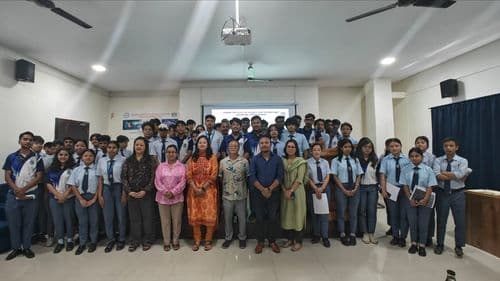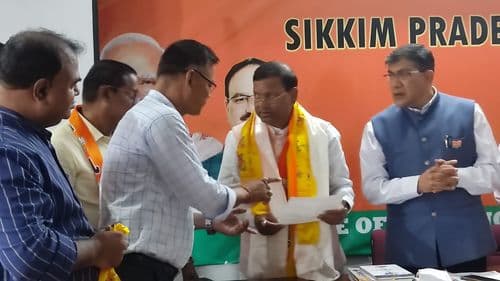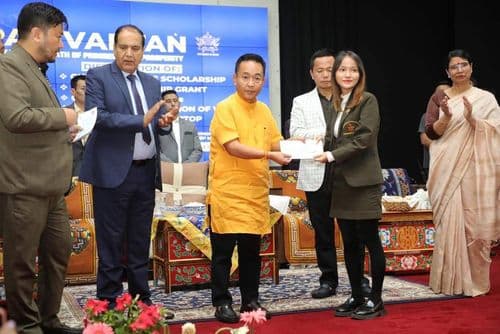Smriti Pradhan The Hornbill Festival, an annual exhibition held from December 1 to 10 in Nagaland, emerges as a cultural heritage, uniting the diverse ethnic groups of the Northeastern Indian state. Rooted in the agrarian essence of the region, where over 60% of the population relies on agriculture, the festival mirrors the sacred significance the Nagas attach to their cultural celebrations.
Initiated by the Government of Nagaland in 2000 to foster inter-ethnic bonds and preserve cultural legacies, the festival is organized by the Department of State Tourism and Department of Art & Culture. Nestled in the Kohima District, the Kisama Heritage Village becomes the heart of the festivities, drawing participants from all corners of Nagaland. Named after the majestic hornbill, a symbol deeply ingrained in the folklore of the state's ethnic groups, the Hornbill Festival proudly carries the title of "Festival of Festivals." It serves as a enchant showcase, bringing together a mass of cultural displays, traditional Naga Morungs exhibitions, and vibrant markets offering arts, crafts, and indigenous delicacies.
Beyond the surface, the festival plays a vital role in reviving and safeguarding Nagaland's rich cultural tapestry. Visitors are not only treated to the visual and auditory magnificent of traditional songs, dances, and rituals but also gain insight into the everyday life of the Nagas. The festival's diverse highlights include everything from fashion shows and the Miss Nagaland beauty contest to traditional archery, Naga wrestling, and musical concerts.
The Hornbill Festival's impact extends beyond cultural celebration; it has become a keystone of Nagaland's tourism. Tourism enthusiasts view the festival as a gateway to understanding the state's unique ethnic groups, resourceful architecture, and distinctive cuisine. As visitors immerse themselves in the vibrant atmosphere, the festival becomes a channel for fostering a deeper connection with Nagaland's people and heritage. The Hornbill Festival can contribute to the economic growth of a state by boosting tourism, which in turn may positively impact the GDP through increased spending on accommodation, food, transportation, and local crafts. Additionally, the festival can attract investments and promote the state's cultural identity, potentially benefiting various sectors of the economy.
In essence, the Hornbill Festival rise above mere entertainment; it's a dynamic testament to the resilience of Nagaland's cultural identity, inviting all to join in the celebration of diversity, tradition, and the spirit of togetherness.







